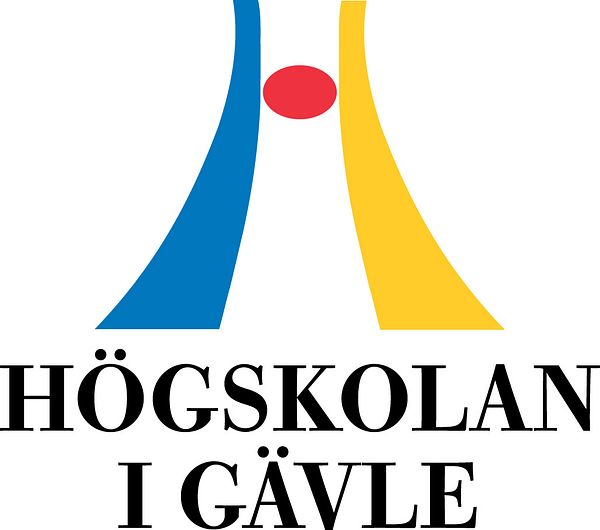Press release -
Horse manure a resource often overlooked
“My research focuses on extracting biogas from horse manure while returning nutrients to the soil and, as a result, on closing cycles,” says Åsa Hadin, environmental researcher at the University of Gävle.
An untapped potential
Åsa Hadin says that her research on the potential of extracting biogas from horse manure stems from an idea about using untapped resources to produce renewable energy while returning nutrients to the soil and, in this way, closing a cycle. This idea came to her when a riding school was to move and what to do with the horse manure became an issue.
“In our minds, we connected the horse manure to biogas. The horse manure was to become useful while its negative environmental impact was reduced,” Åsa Hadin says.
How many horses are there?
It proved difficult to estimate how many horses there are within a given area, as horse keeping is no longer a distinct agricultural activity as it used to be.
“We could see that people who have many horses but no agricultural activities, those involved in like riding schools and horse racing , need help with horse manure management, and extracting energy from that process converts the manure into a resource.”
Closing a nutrient cycle
Åsa Hadin emphasises that the focus on energy is important but also the closing of nutrient cycles.
“First, we extract energy from the manure in the form of biogas, but we also gain a richer fertiliser because the process ensures that plants can access and take up nutrition more easily.”
We need to collaborate
An important result is that biogas plants prefer to have deliveries of large quantities of horse manure which has been stored only a short while and the horse keepers should have used only a particular kind of bedding material. The choice of bedding material is important to be able to maximise biogas extraction.
“The plants strive to make it work in practice and to maximise biogas production and the horse keepers also want it work in practice but caring for the horse and financial aspects are important concerns too.”
“We need to set up collaborations between actors in the energy sector and horse keepers. The manure needs to be clean and, just like at home, we need to be careful so as not to treat it as a bin bag.”
This is done in Germany
Åsa says that they have looked at the issue from a systems perspective and that the process of putting the pieces together have been an interesting one. In Germany, there are plants where horse manure is processed via anaerobic digestion and engineers who claim that horse manure is an asset in some processes.
“This is a resource and not waste. Imagine to be able to reduce environmental impact, while gaining a source for renewable energy,” Åsa Hadin concludes.
-------------------------------------------
Åsa Hadin defended her doctoral thesis From waste problem to renewable energy resource - Exploring horse manure as feedstock for anaerobic digestion on 9 November at the University of Gävle.
External reviewer: Professor Jaana Sorvari, Aalto University, Finland
Examining committee: Professor Stefan Anderberg, Linköping University. Associate professor Cecilia Sundberg, KTH. Professor Lennart Mårtensson, Kristianstad University. Professor Ewa Wäckelgård, University of Gävle (substitute)
Chair: Assistant Professor Mathias Cehlin, University of Gävle
----------------------------------------------
For more information, please contact:
Åsa Hadin, doctoral student at the University of Gävle
Phone: 026-64 88 48
Email: asa.hadin@hig.se
Text: Douglas Öhrbom
Topics
- Energy issues
Categories
- environmental policy
- åsa hadin
- university of gävle
- sustainable living environment
- research
- a nutrient cycle
- renewable energy
- biogas
- fertiliser
- horse manure
Education and Research at a Scenic Campus.
The University of Gävle has approximately 17 000 students, more than 50 study programmes and second-cycle programmes, about 1 000 courses in humanities, social and natural sciences and technology.
Research Profiles
Built Environment and Health-promoting Working Life are the general research profiles of the higher education institution. Important parts included are Spatial Planning with a specialisation in Sustainable Built Environment and Musculoskeletal Disorders with the purpose to prevent work-related injuries. In 2010, the higher education institution received permission to carry out third-cycle programmes in the profile area of Built Environment.
The higher education institution has applied for permission to carry out third-cycle programmes in technology, humanities and social sciences.
